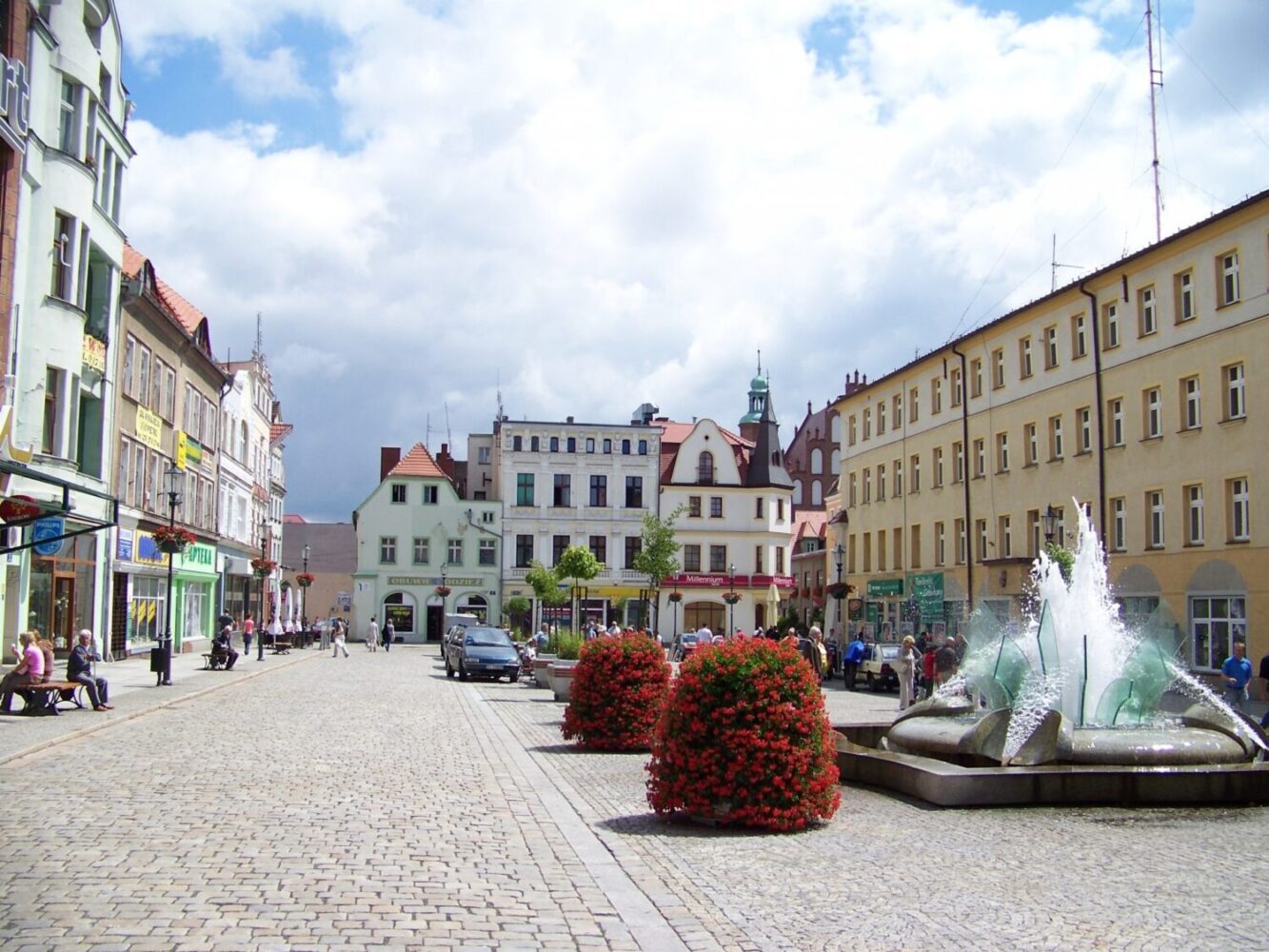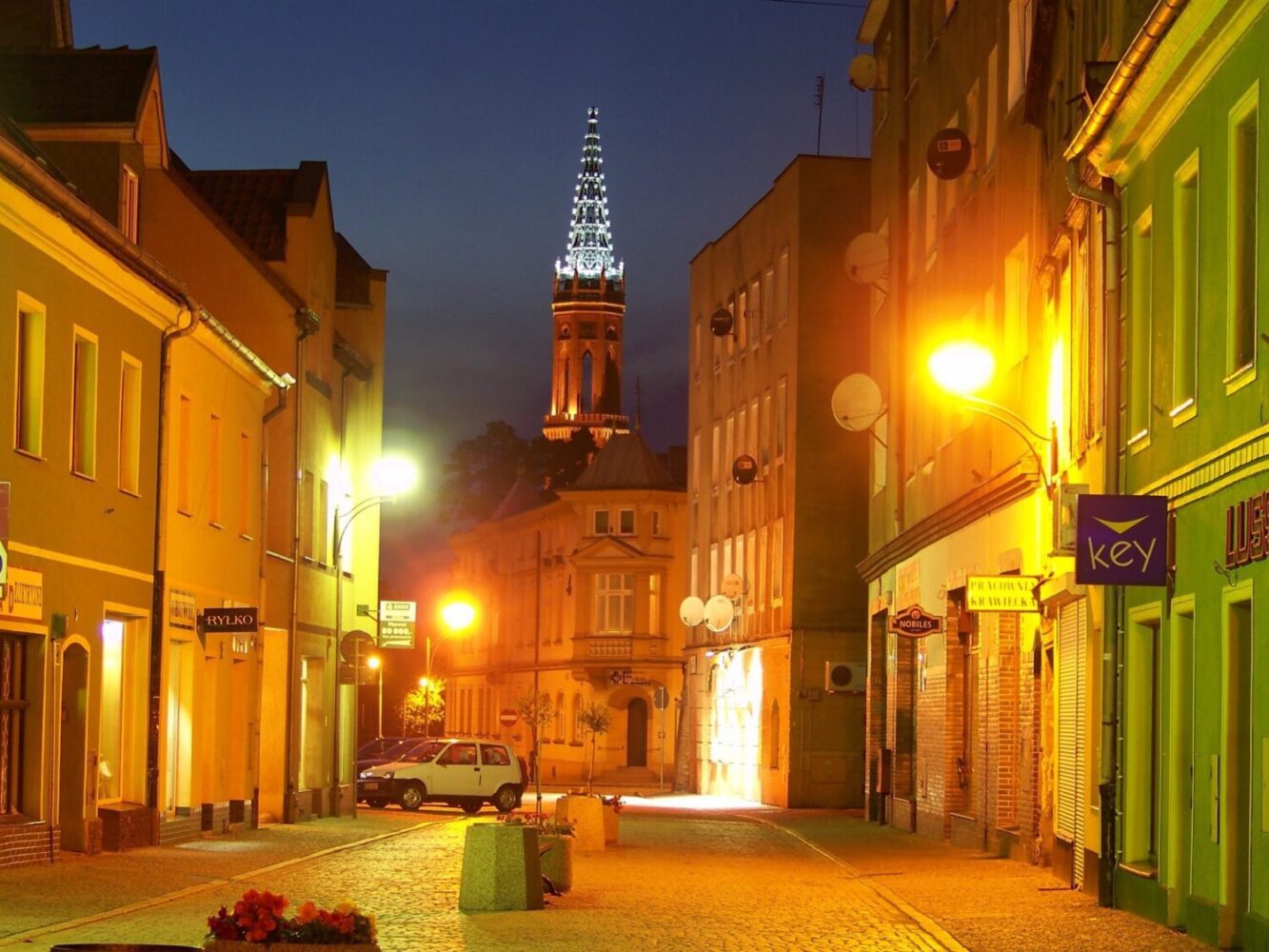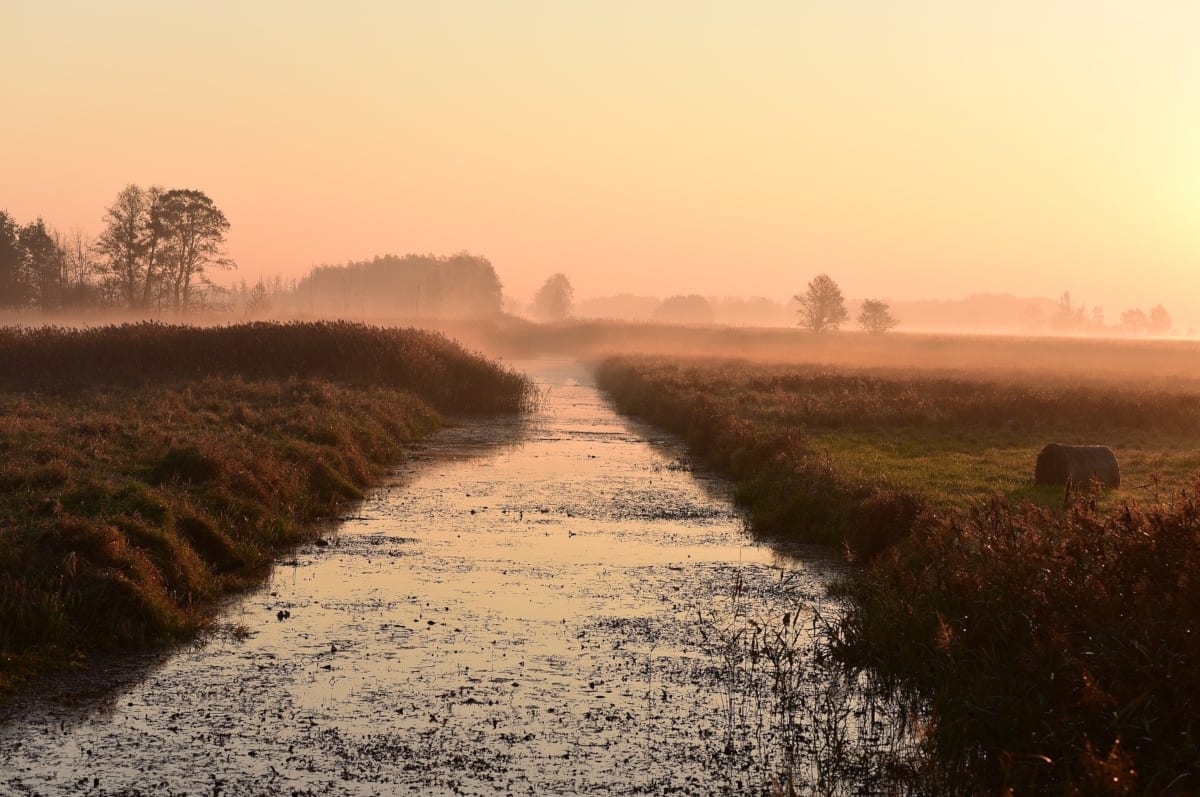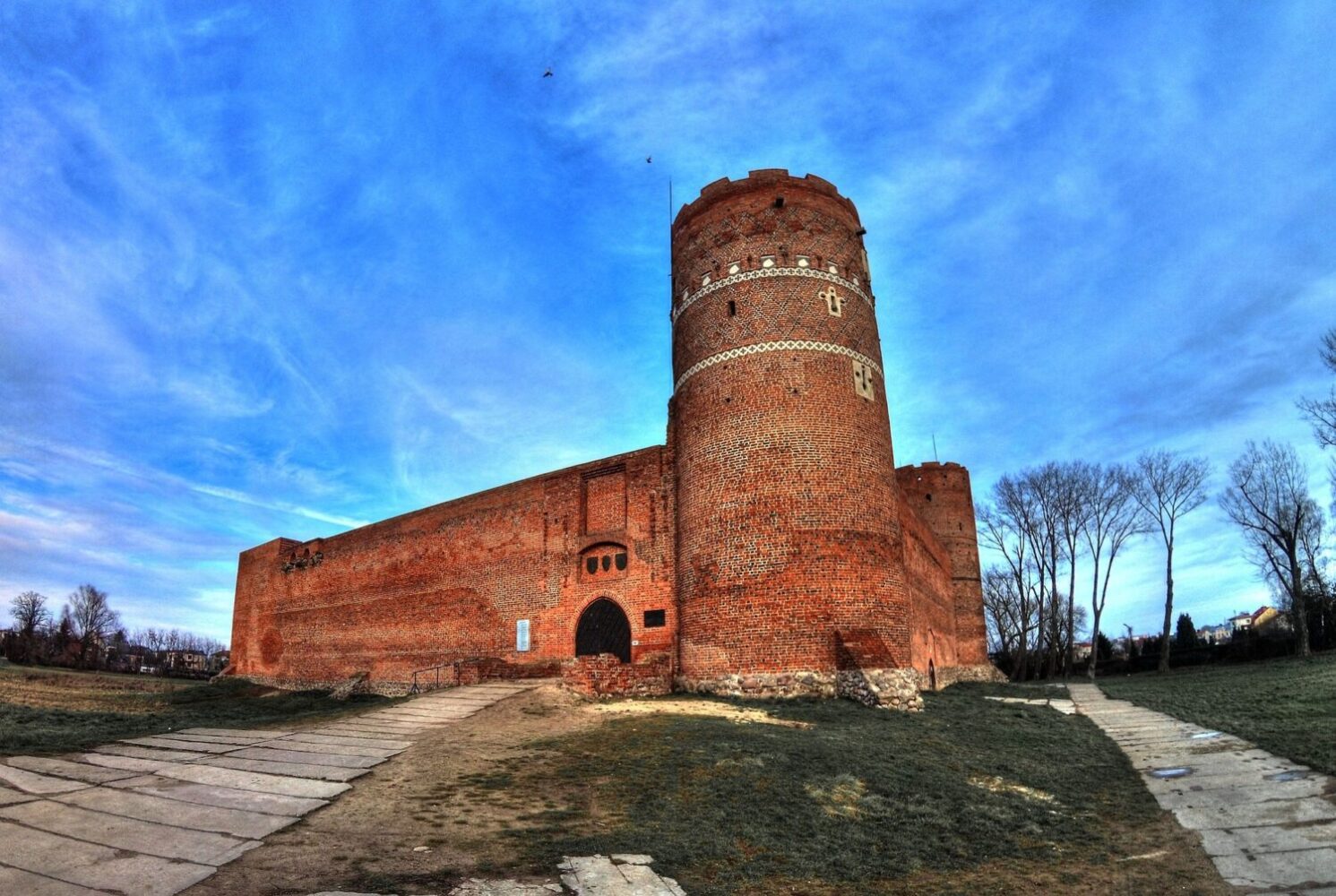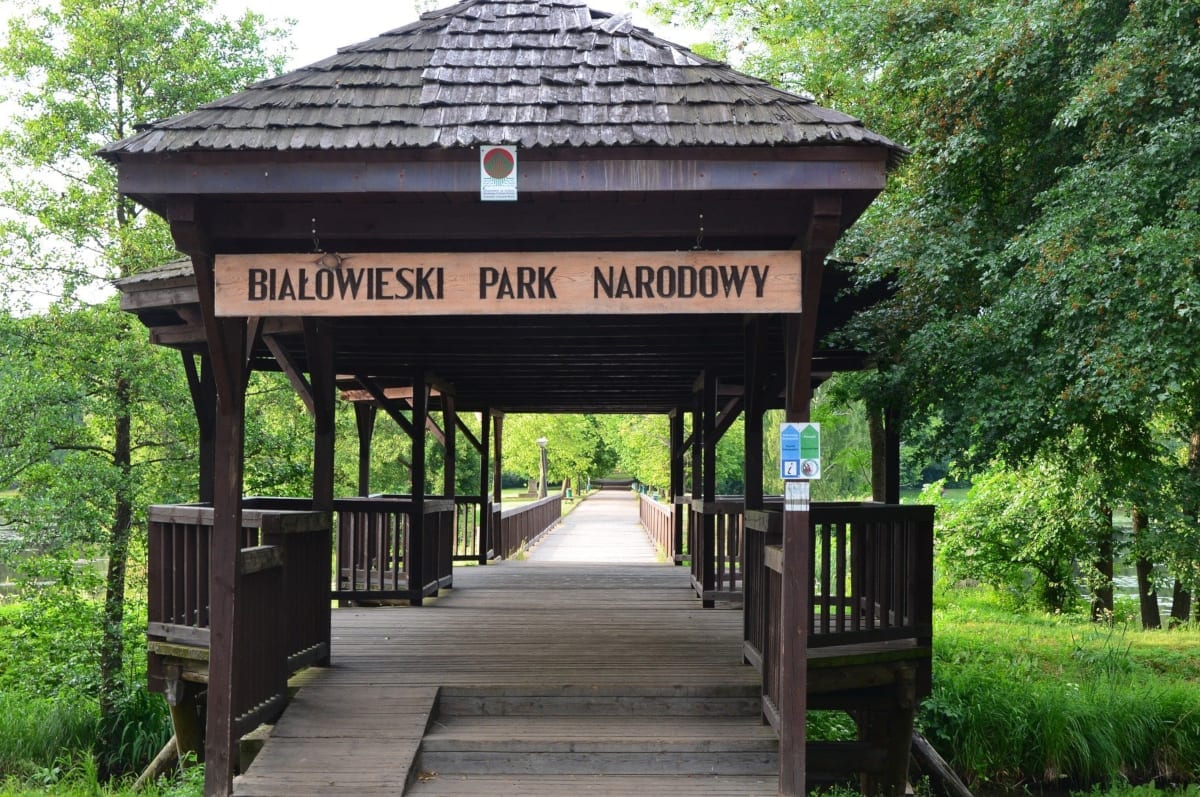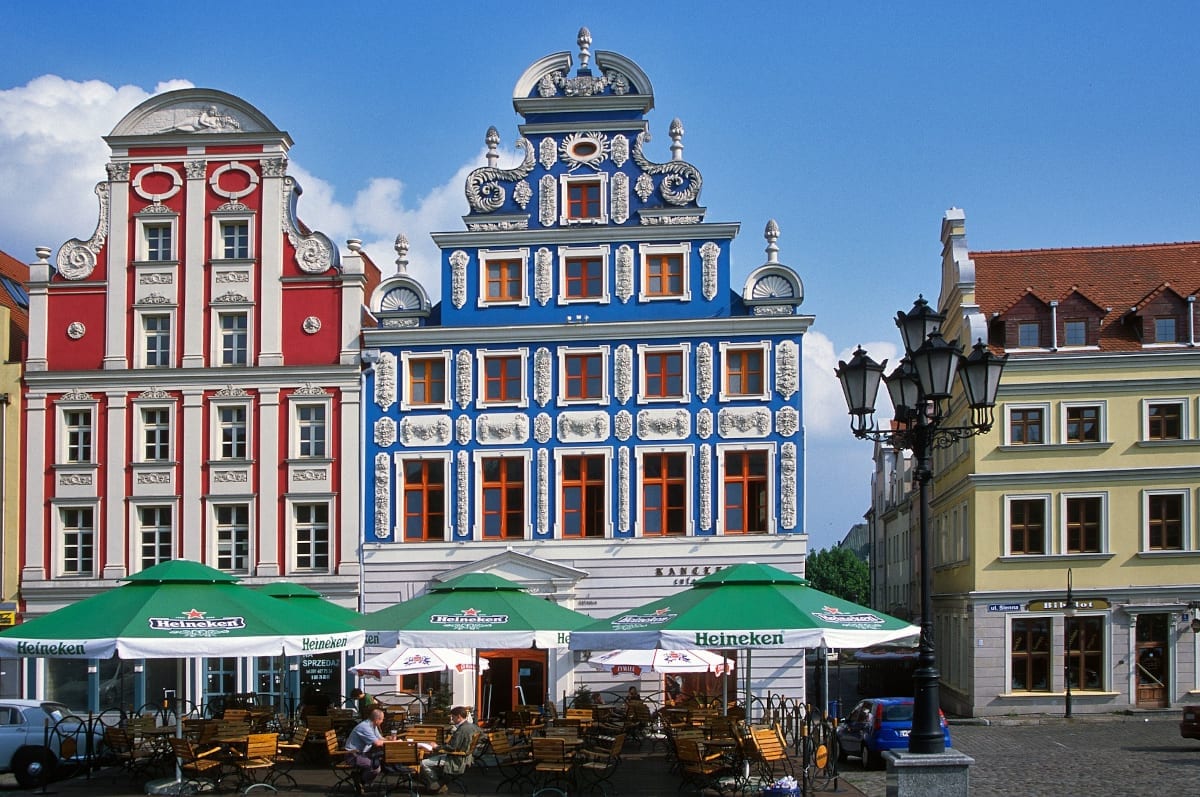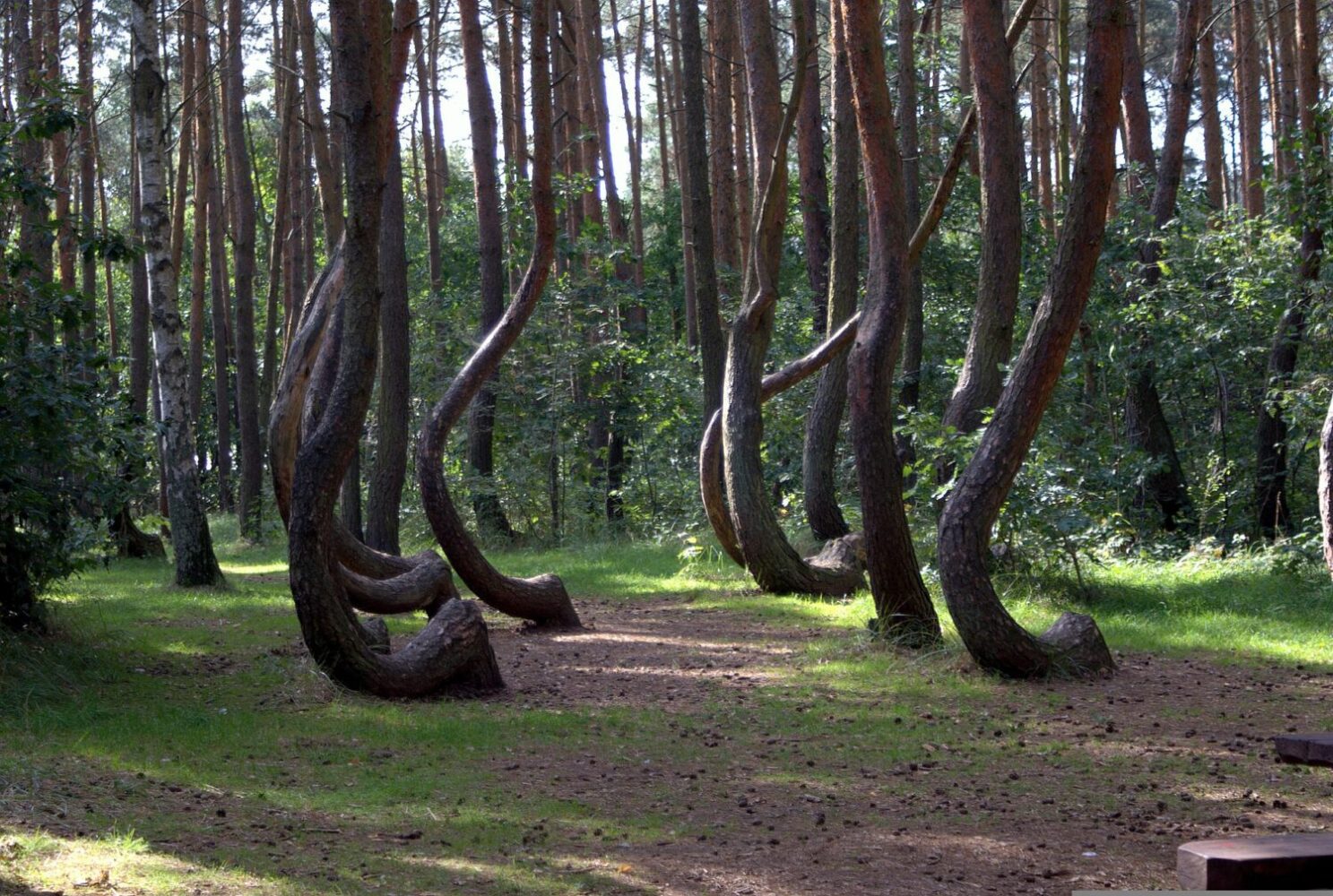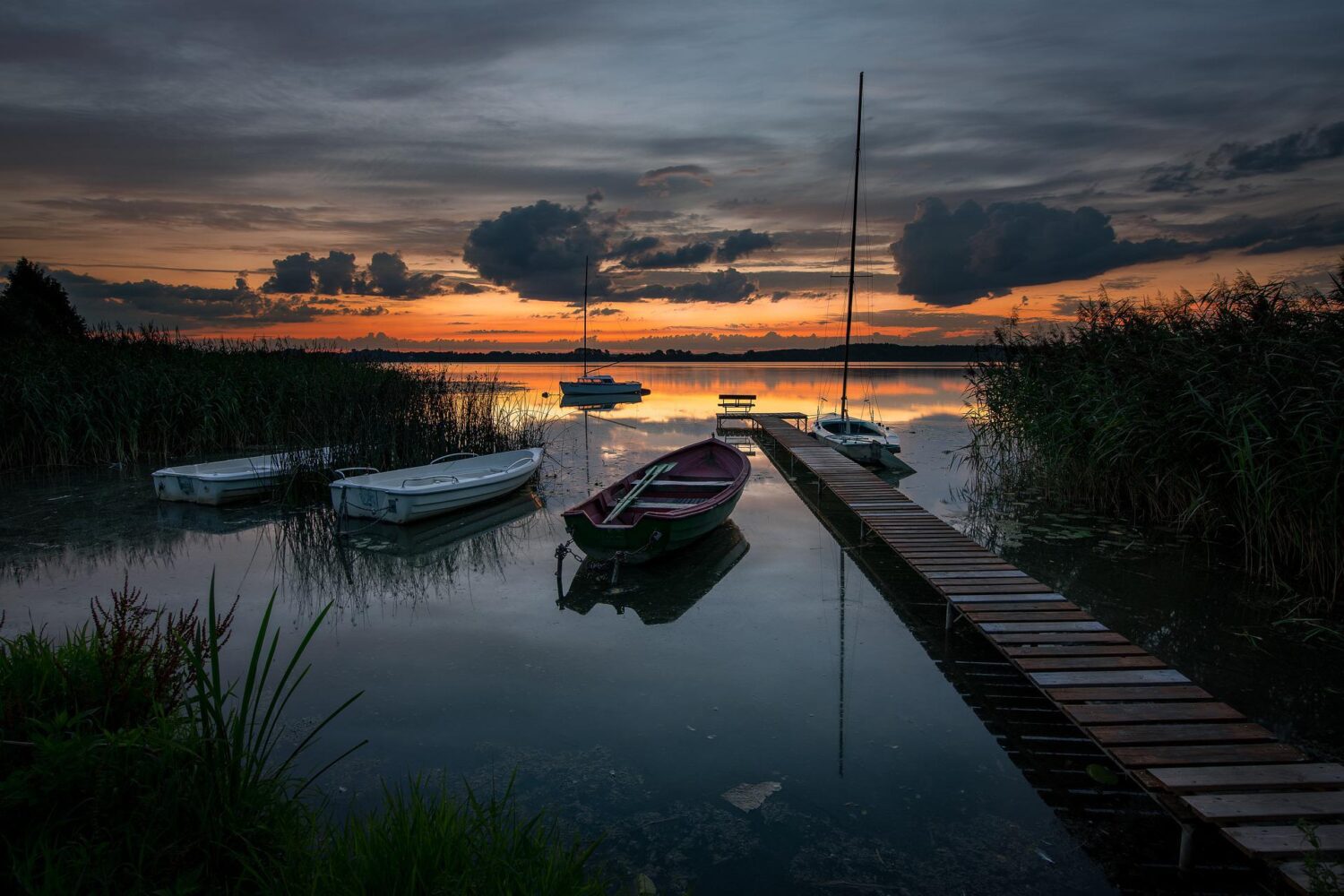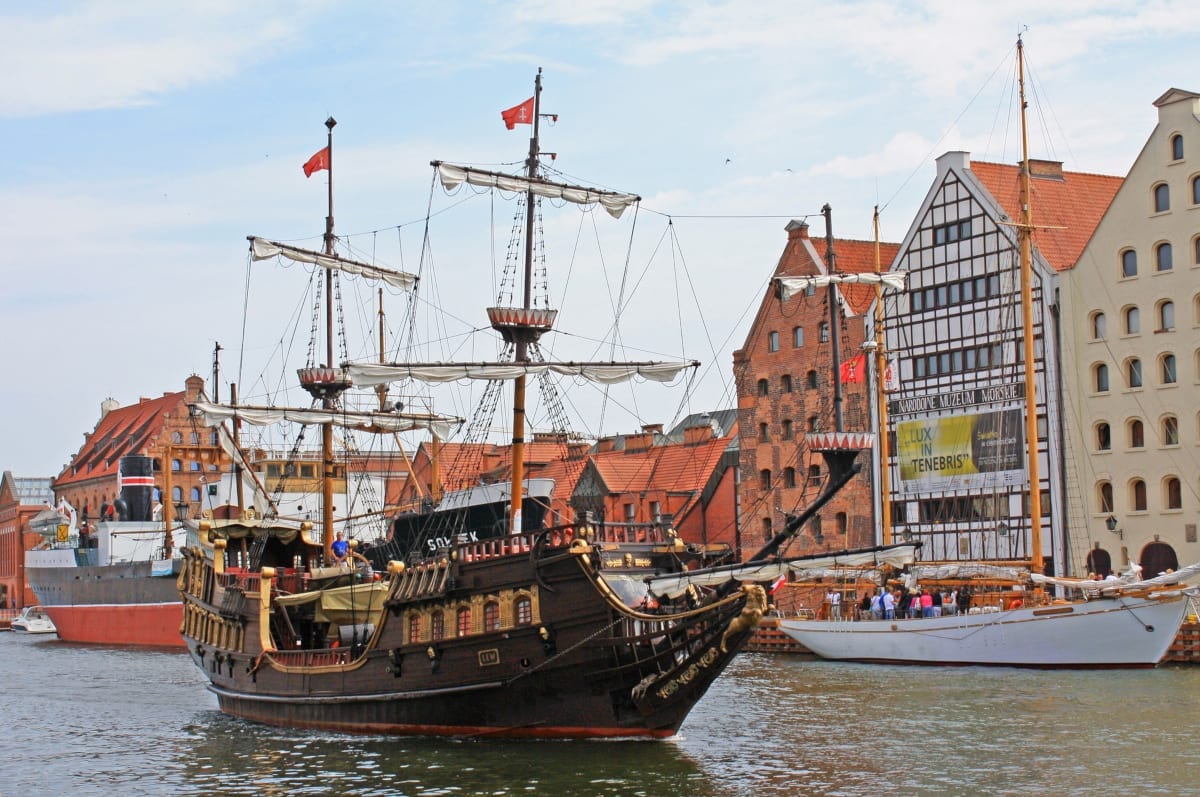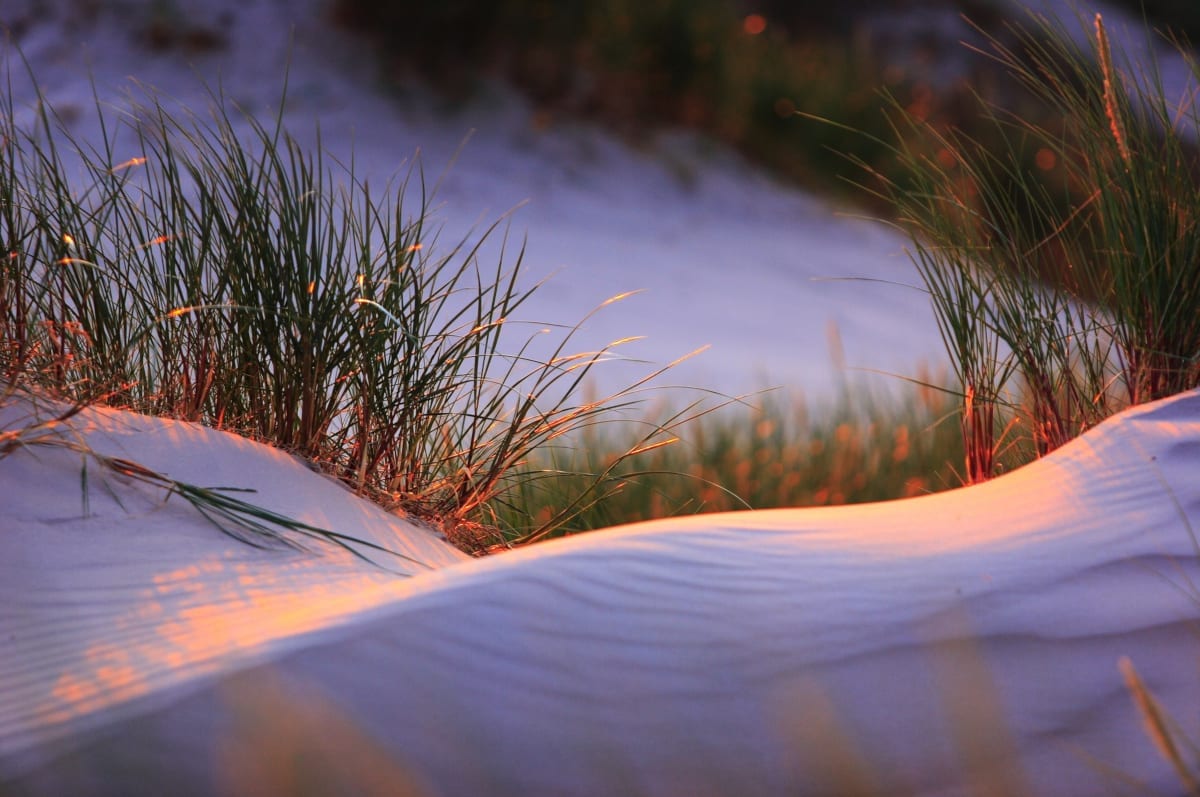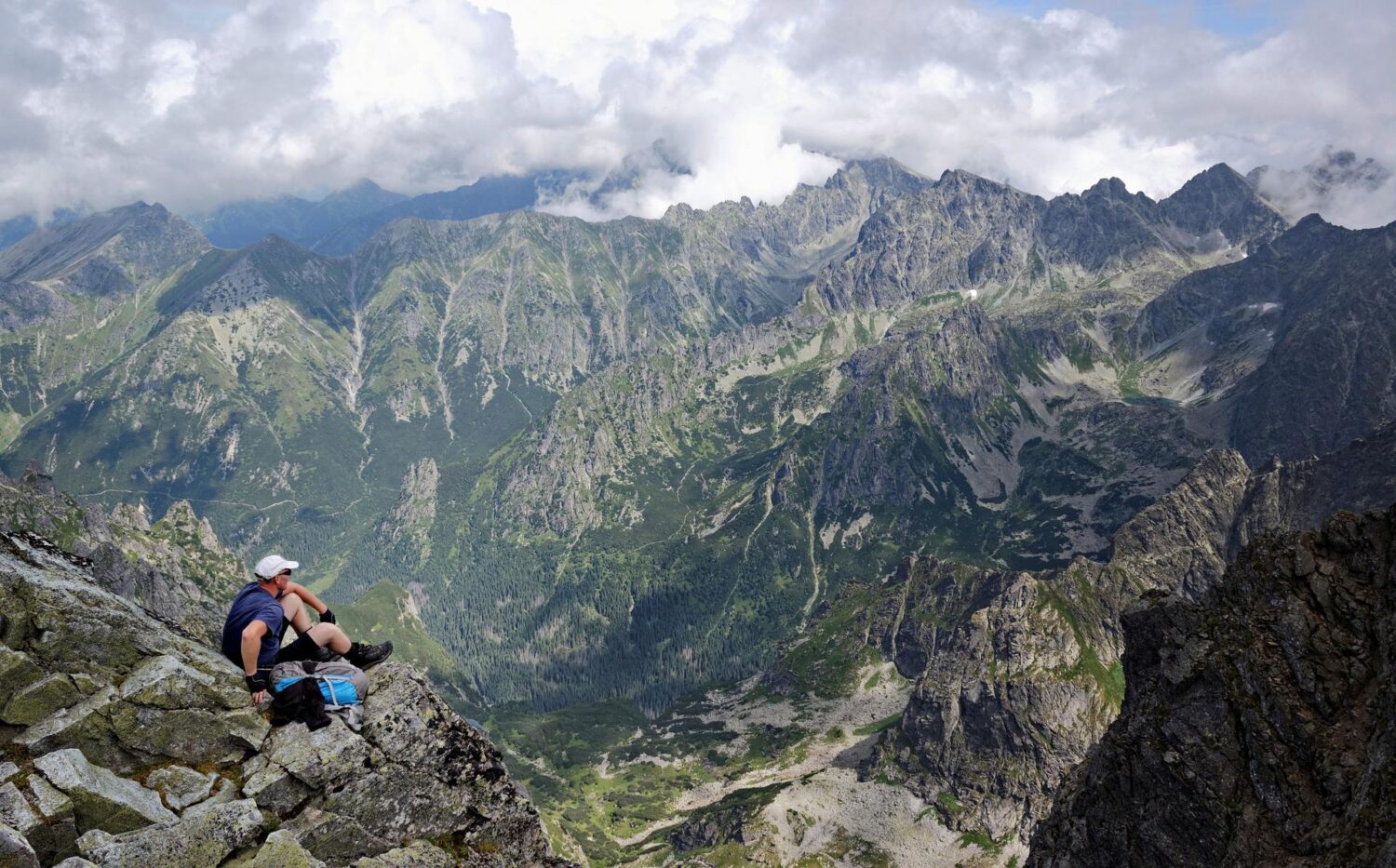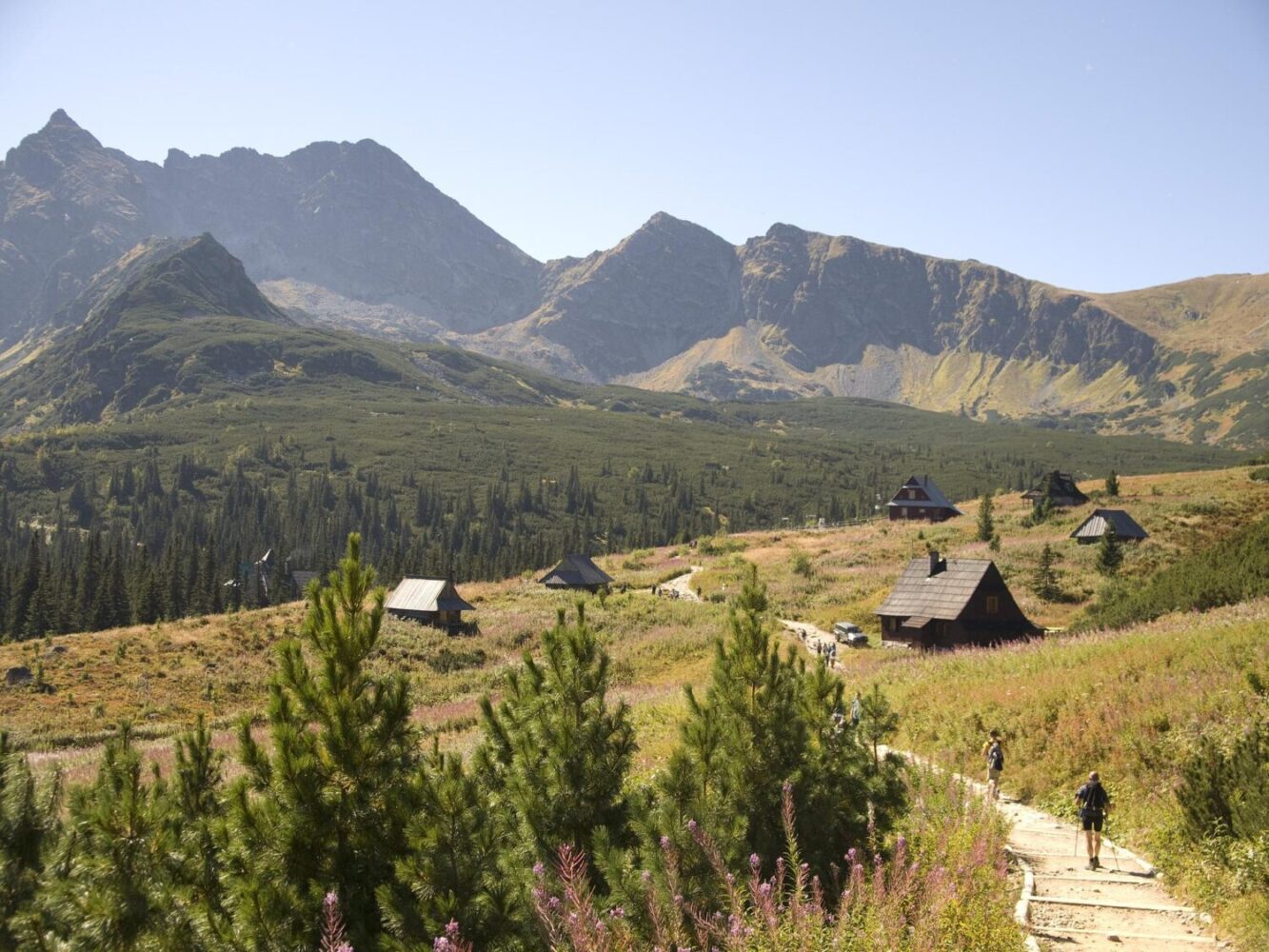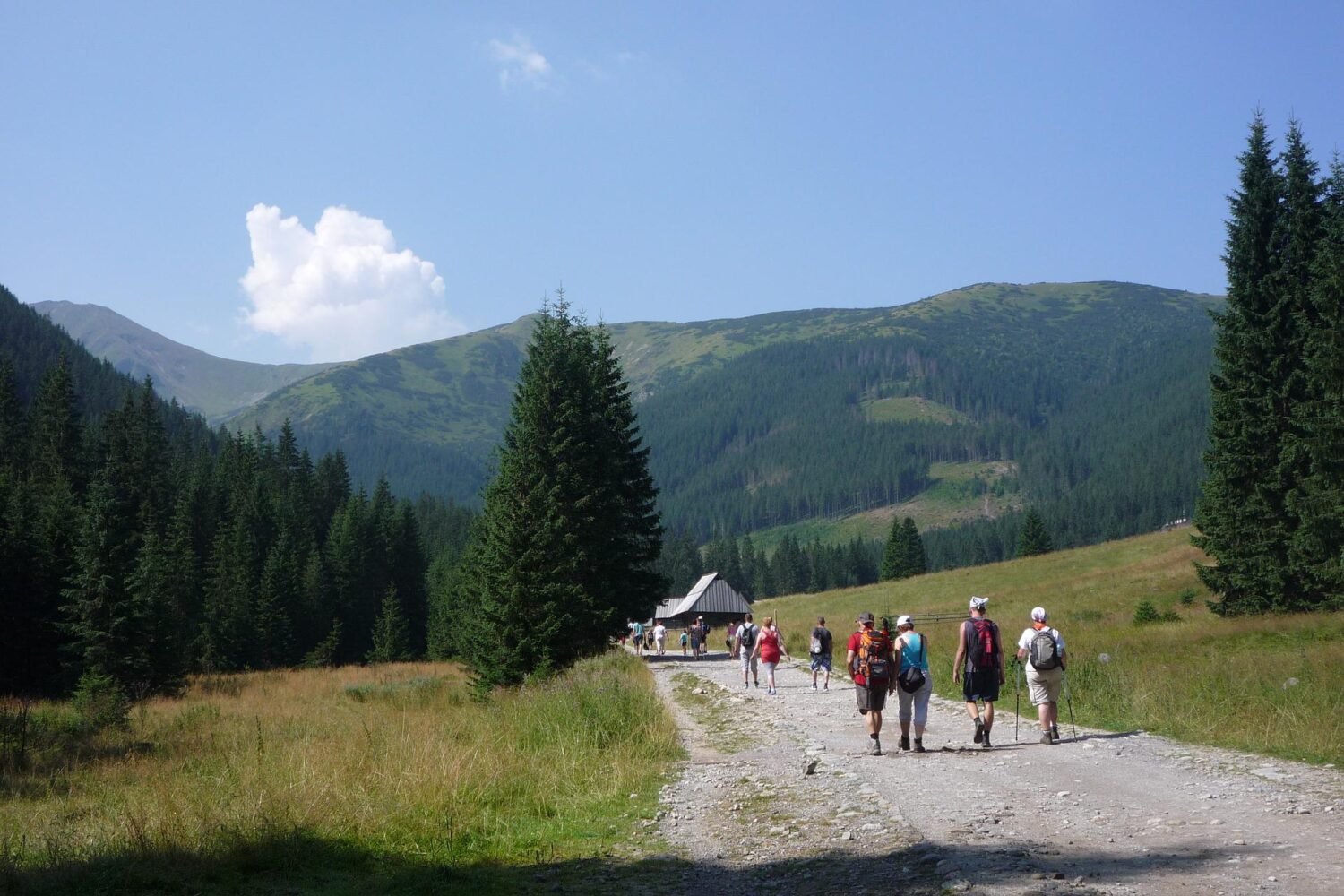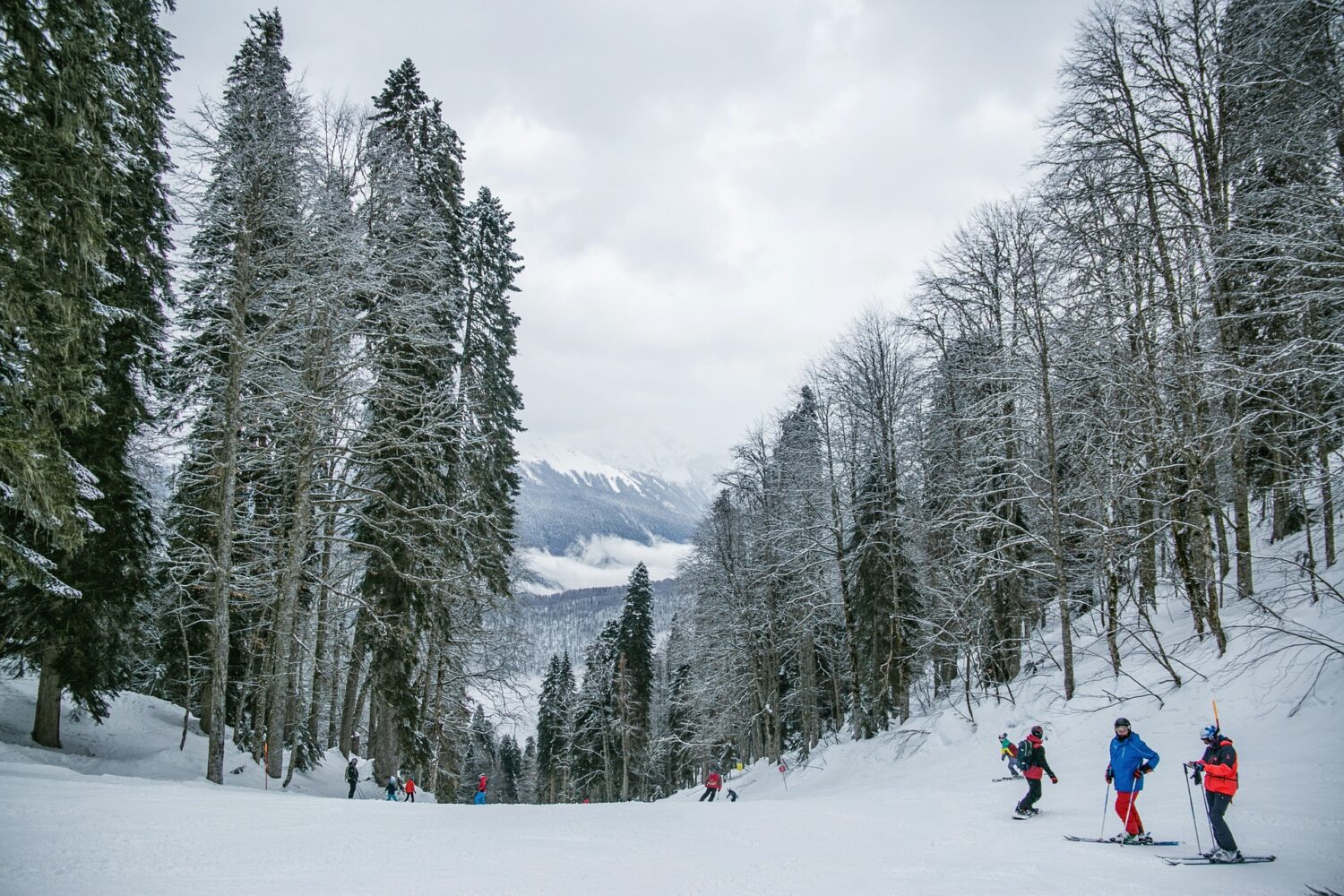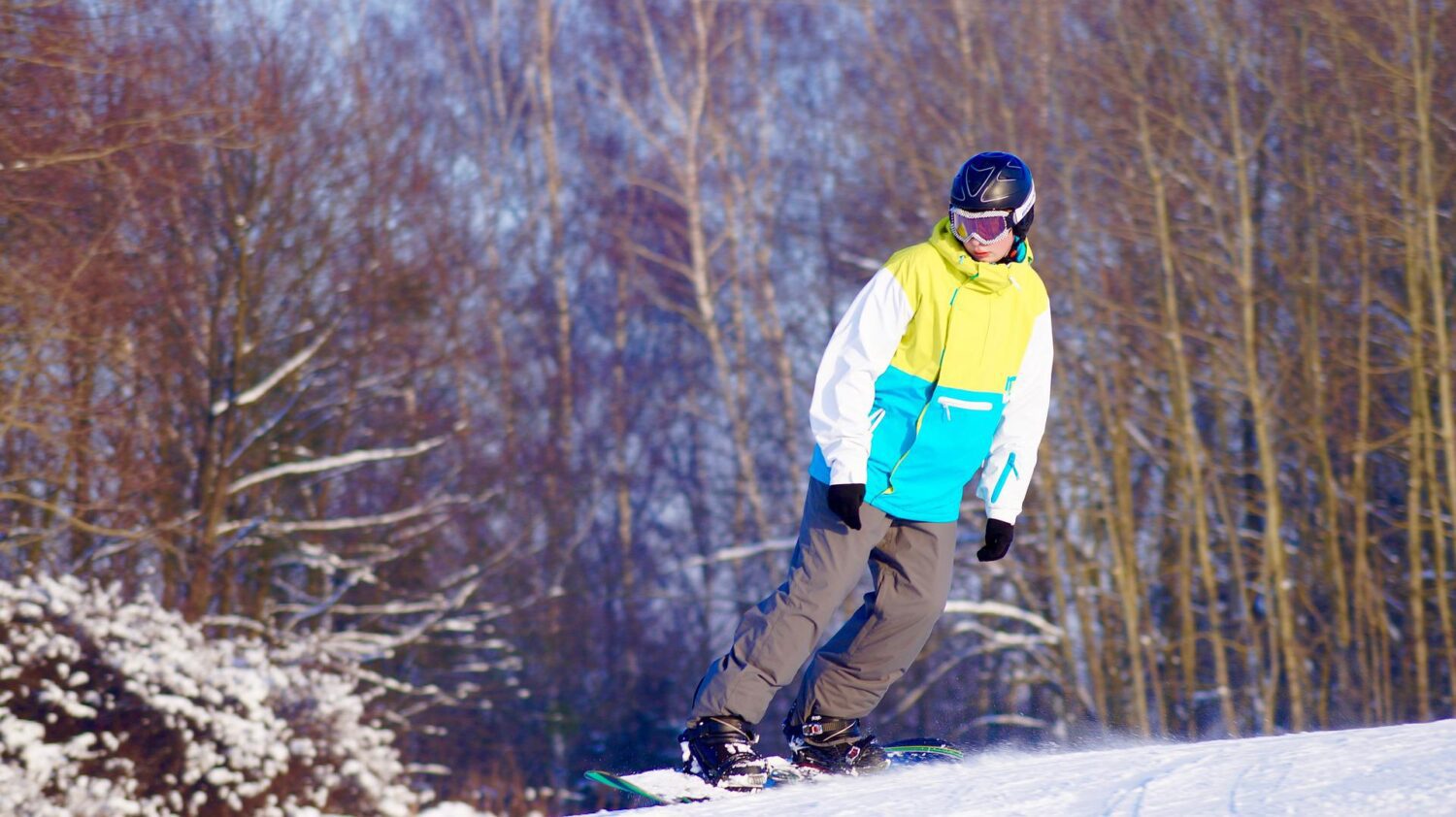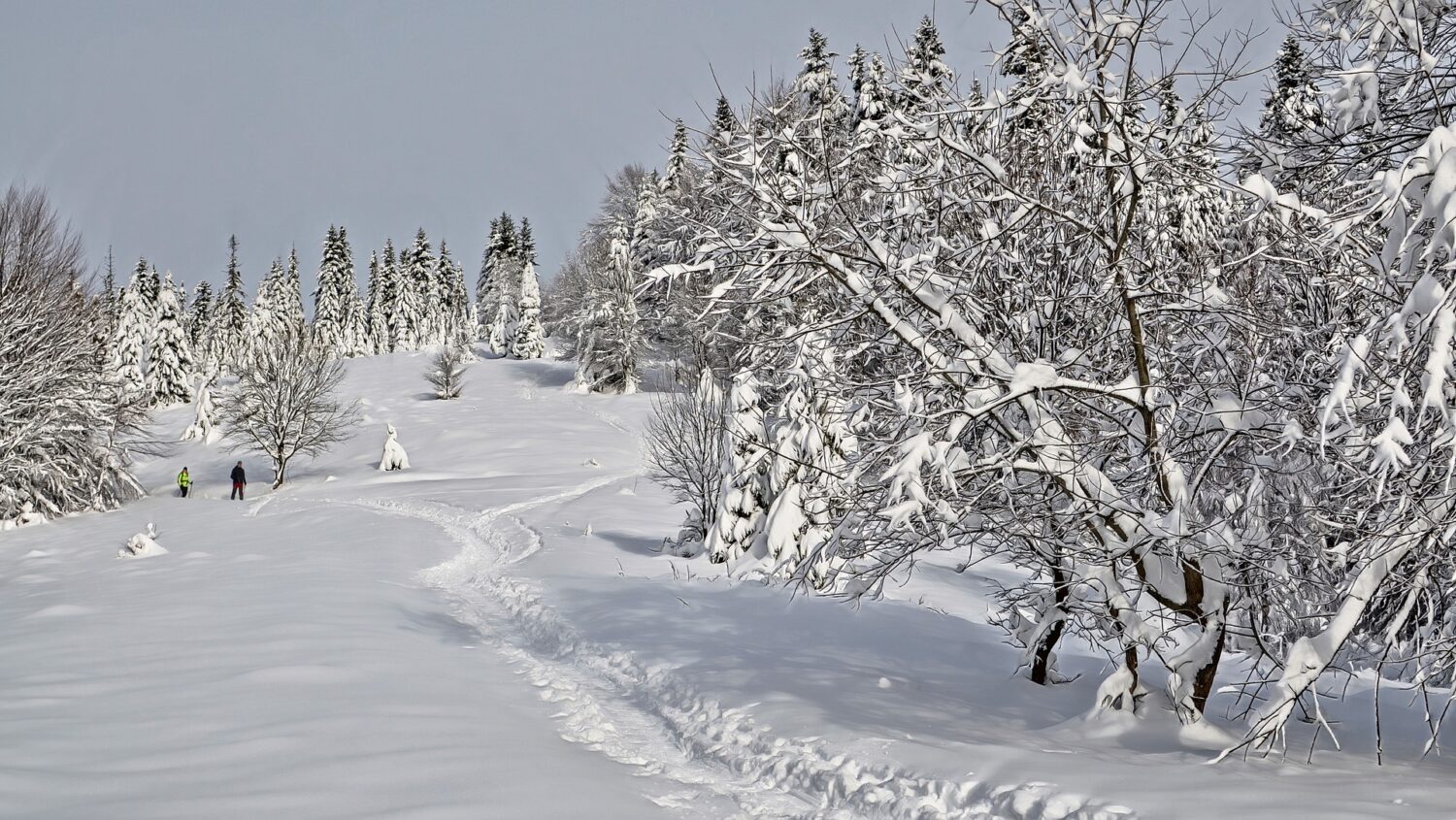Greater Poland (Wielkopolskie)
Greater Poland
Greater Poland – updated 18 January 2023.
Greater Poland, also known as Wielkopolskie, is a region located in western Poland. It is the third most populous region in the country, with a population of over 3 million people. The capital and largest city of Greater Poland is Poznań, which is known for its rich history and culture.

Middle Ages
Greater Poland has a long and rich history dating back to the Middle Ages. The region was initially settled by the Polans, a tribe of West Slavs, in the 10th century. In the 12th century, the region came under the rule of the Piast dynasty, which played a significant role in the development of the Polish state. In the 14th century, Poznań became the capital of the Wielkopolskie voivodeship, which was one of the most important regions in the Polish-Lithuanian Commonwealth.
17th and 18th centuries
During the 17th and 18th centuries, Greater Poland was a center of the Baroque culture in Poland. Many beautiful churches and palaces were built during this time, many of which still stand today and are popular tourist destinations. The region also played a significant role in the Polish Enlightenment, with many notable figures, such as Ignacy Krasicki and Stanislaw Konarski, hailing from Greater Poland.
19th century
In the 19th century, Greater Poland was a center of the Polish national movement, with Poznań being a major hub of political and cultural activity. The region also played a key role in the January Uprising of 1863-1864, which was an unsuccessful rebellion against Russian rule.
World War II
During World War II, Greater Poland was occupied by Nazi Germany. The region suffered heavily during the war, with many towns and villages being destroyed and large numbers of civilians being killed or sent to concentration camps. After the war, Greater Poland became part of communist Poland and underwent significant industrialization.
Cradle of Europe
Today, Greater Poland is a thriving region with a diverse economy. The region is known for its agriculture, with major crops including potatoes, sugar beets, and wheat and is known as the 'Cradle of Europe'. The region is also home to a number of industrial and manufacturing companies, including textile and machinery manufacturers. Poznań, in particular, is a major economic center in western Poland, with many large companies having their headquarters there.
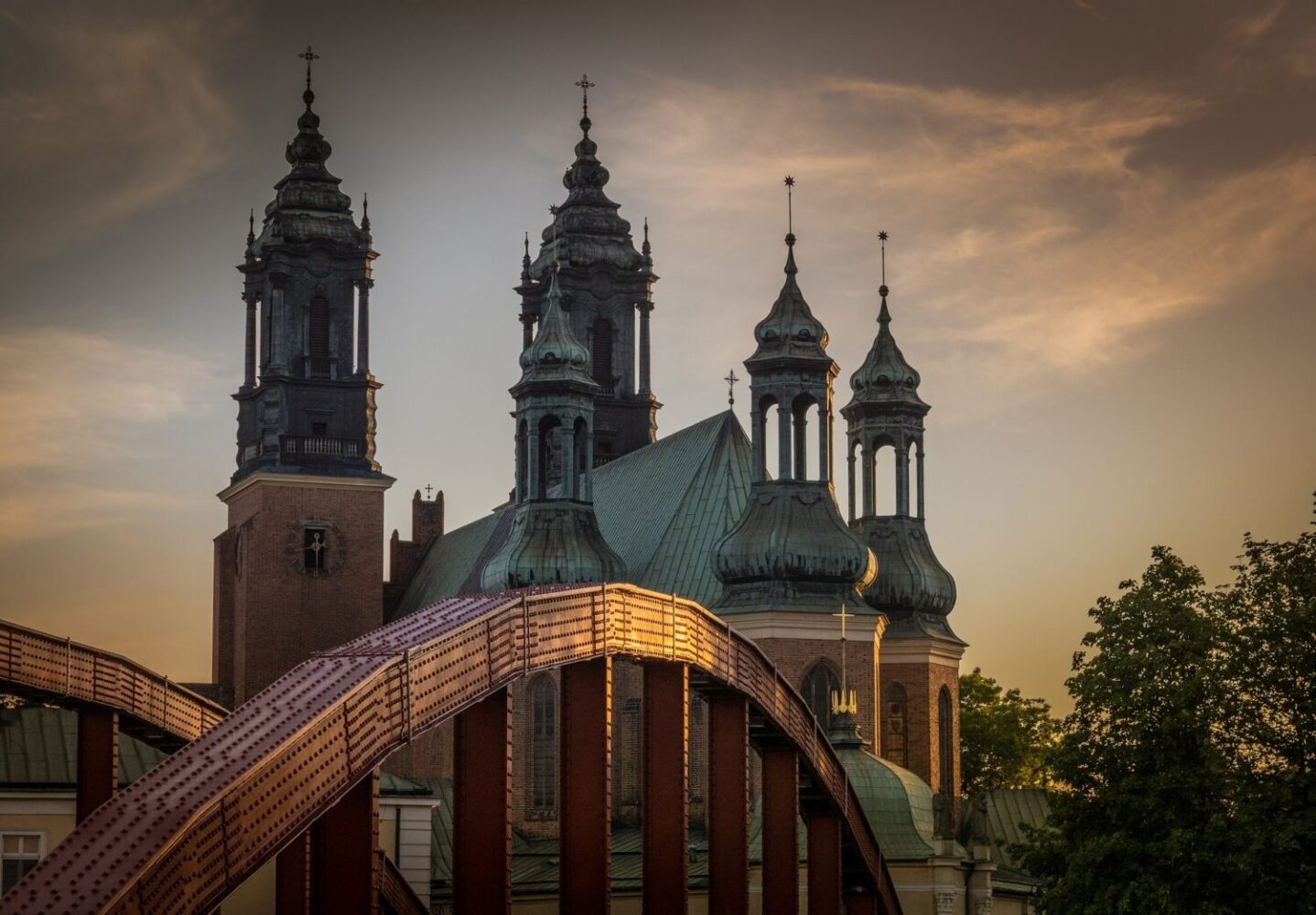
Popular tourist destination
Greater Poland is also a popular tourist destination, with many historical and cultural attractions to visit. Poznań is a particularly popular destination, with many medieval and Renaissance buildings, such as the Poznań Cathedral, the Old Town Hall, and the Town Hall Tower. Other popular tourist destinations in the region include the Imperial Castle in Poznań, the National Museum in Poznań, the Ostrow Tumski Cathedral, and the Wielkopolska National Park.
Rich cultural traditions
Additionally, Greater Poland is known for its rich cultural traditions. The region has a strong folk culture, with many traditional customs and festivals being celebrated throughout the year. One of the most famous festivals is the Poznań International Fair, which is held annually in Poznań and is one of the largest trade fairs in Europe.
In conclusion, Greater Poland (Wielkopolskie) is a region located in western Poland that is rich in history, culture, and tradition. The region has a diverse economy and is known for its agriculture and manufacturing industries. Greater Poland is also a popular tourist destination, with many historical and cultural attractions to visit. The region is also known for its rich cultural traditions and folk culture which is celebrated throughout the year.
See the top 10 things to do in Poznan.
FAQ
Q: What is Greater Poland (Wielkopolskie)?
A: Greater Poland, also known as Wielkopolskie, is a region located in western Poland that is known for its rich history and culture.
Q: What is the capital of Greater Poland?
A: The capital of the region is Poznań.
Q: What is the population of Greater Poland?
A: The population of the region is over 3 million people.
Q: What is the economy of Greater Poland like?
A: The region has a diverse economy with agriculture and manufacturing being the main industries. The region is known for its agriculture, with major crops including potatoes, sugar beets, and wheat. Additionally, there are also a number of industrial and manufacturing companies, including textile and machinery manufacturers.
Q: What are some popular tourist destinations in Greater Poland?
A: Some popular tourist destinations in the region include Poznań, the Imperial Castle in Poznań, the National Museum in Poznań, the Ostrow Tumski Cathedral, and the Wielkopolska National Park.
Q: What is the cultural scene like in Greater Poland?
A: The region has a strong folk culture, with many traditional customs and festivals celebrated throughout the year, such as the Poznań International Fair. The region also has a rich history and cultural attractions to visit.
Q: Are there any notable festivals or events in the region?
A: One of the most famous festivals in Greater Poland is the Poznań International Fair, which is held annually in Poznań and is one of the largest trade fairs in Europe.
